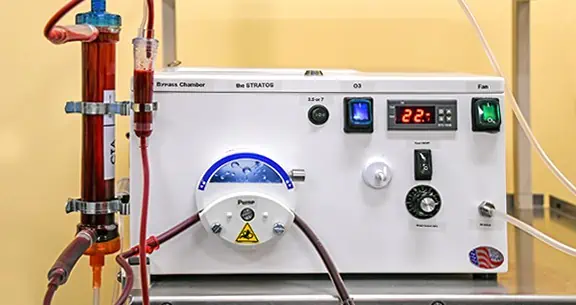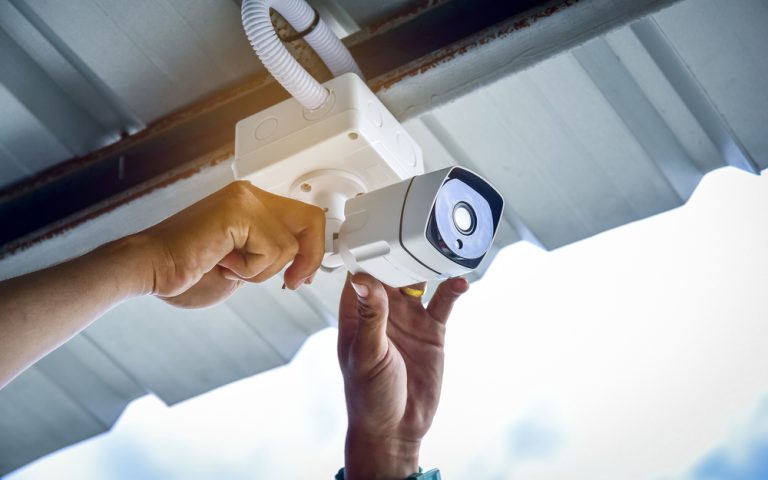Samsung OLED Dead Pixel Policy: Navigating Quality Assurance
Samsung, a renowned leader in television technology, has set high standards in providing consumers with top-notch products, including their impressive OLED TVs. While these cutting-edge displays offer unparalleled visual experiences, issues such as dead pixels can occasionally arise. In this article, we will explore Samsung’s dead pixel policy specifically concerning their OLED TVs, offering consumers insights into the procedures and assurances provided by the company.
Understanding OLED Dead Pixels
Dead pixels on Samsung OLED screens are individual pixels that fail to illuminate, resulting in small, dark spots on the display. Although Samsung’s OLED technology is designed to deliver vibrant and flawless visuals, dead pixels can still occur due to various factors. Samsung recognizes these instances as potential manufacturing defects and has implemented a comprehensive policy to address such issues.
Samsung’s Commitment to Quality
Samsung’s commitment to quality assurance is evident in its OLED TV lineup. Acknowledging the occurrence of dead pixels as an unforeseen manufacturing defect, Samsung has put in place measures to ensure that customers facing such issues receive prompt and effective solutions, upholding the brand’s reputation for excellence.
Overview of Samsung’s OLED Dead Pixel Policy
Samsung’s OLED dead pixel policy is typically incorporated into the product’s warranty or return policy. The specifics may vary based on the model and regional considerations, making it essential for consumers to refer to their product documentation or visit Samsung’s official website for the most accurate and up-to-date information.
In most cases, Samsung recognizes dead pixels on OLED screens as a manufacturing defect and provides remedies such as repair, replacement, or a refund, contingent on the severity of the issue and the warranty status of the TV. Timely reporting of dead pixel problems and adherence to the prescribed procedures outlined in the warranty terms are crucial steps for consumers seeking resolution.
Warranty Coverage
Samsung’s warranty coverage for OLED TVs typically includes a standard duration, often one year from the date of purchase. Premium models or extended warranties may offer additional coverage. To take advantage of warranty services, consumers are advised to register their products and retain proof of purchase, as this information is typically required during the warranty claim process.
Reporting OLED Dead Pixels
In the event dead pixels are detected on a Samsung OLED TV, consumers should promptly contact Samsung’s customer support. Providing detailed information, including the model number, purchase date, and a description of the dead pixel locations, will facilitate customer support in guiding users through the necessary steps based on the warranty terms and the severity of the problem.
Conclusion
While dead pixels on Samsung OLED TVs are uncommon, the company’s commitment to quality and customer satisfaction is evident in its comprehensive dead pixel policy. By understanding the warranty coverage, promptly reporting dead pixel problems, and following the prescribed procedures, Samsung OLED TV owners can navigate the resolution process efficiently, ensuring an uninterrupted and exceptional visual experience from their state-of-the-art televisions.





